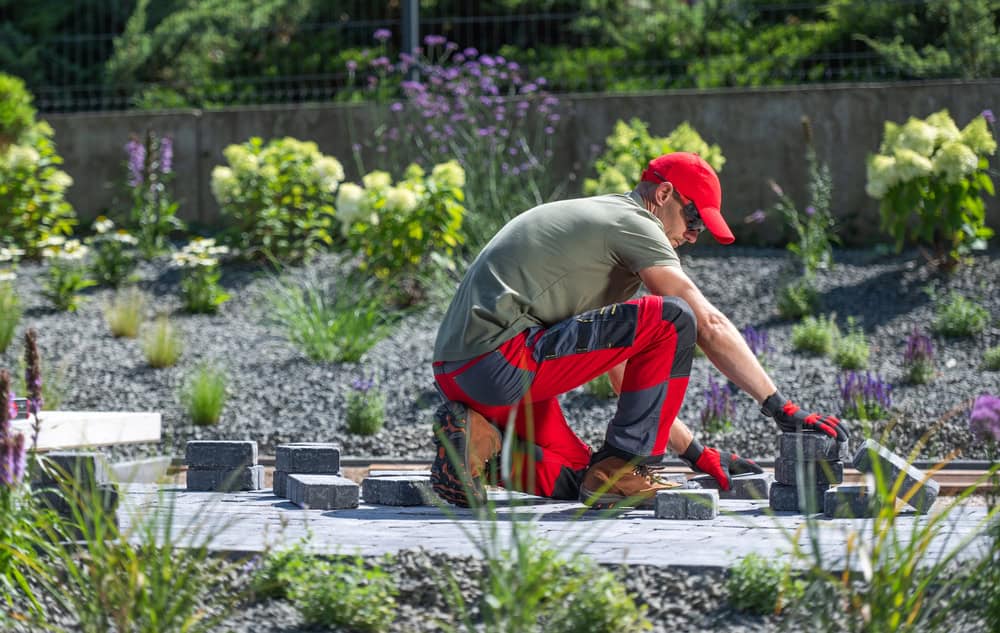
Drought-Proof Your Lawn This Summer: Smart Landscaping for Hot Weather
Summer is here, and while the long, sunny days make for perfect backyard lounging, they can spell deep trouble for your lawn and landscaping. June and July are often peak months for heatwaves, and in many parts of the U.S., water restrictions and drought conditions make it harder than ever to maintain lush, healthy yards.
But here’s the good news: with drought-tolerant landscaping and a few smart strategies, you can beat the heat and keep your yard looking its best, all without draining your water bill or the local reservoir.
Why Drought-Proofing Your Yard Matters
From Texas to California, more communities are facing recurring droughts and tightening their irrigation guidelines. Traditional lawns, which can gulp up over 10,000 gallons of water each summer, are being replaced by creative, low-water alternatives that are just as beautiful, and far more sustainable.
Drought-proof landscaping isn’t just good for the planet; it’s good for your wallet and your yard’s longevity too. Native plants, strategic hardscaping, and modern irrigation systems can all help you create a climate-resilient landscape that thrives even when the rain doesn't fall. Explore more about our full lawn care services to see how we help North Texas homeowners adapt.
Tip 1: Choose Drought-Tolerant Plants and Grass
Switching to drought-tolerant plants is the first and most impactful step you can take. These plants are adapted to survive with less water and often require less maintenance overall.
Best Low-Water Plants for Summer Landscaping:
-
Texas Sage
-
Lavender
-
Yarrow
-
Black-eyed Susan
-
Succulents like agave and sedum
-
Muhly or Buffalo grass
If you love the look of a green lawn, consider switching to Bermudagrass or Zoysia, which are more heat-tolerant and require less watering than traditional fescue or bluegrass. Our residential lawn care and commercial lawn care programs can help maintain these turf types across communities like Colleyville and Bedford.
Tip 2: Upgrade to Smart Irrigation
Old-school sprinklers often waste water through evaporation or runoff. A better option? Drip irrigation systems and smart controllers that adjust water flow based on soil moisture and weather forecasts.
Installing these systems can reduce water usage by up to 50%, and some local governments even offer generous rebates for switching. For more on avoiding water waste, see our guide on drought stress vs. overwatering.
Tip 3: Mulch Like You Mean It
Mulching is one of the easiest ways to conserve water and regulate soil temperature. It helps keep moisture in the ground longer and prevents weeds from stealing nutrients from your plants.
Use natural mulch like wood chips, bark, or pine needles, and apply it 2–4 inches deep around your plants, shrubs, and trees. Fresh mulch also pairs well with seasonal weed prevention to protect flower beds.
Tip 4: Go Big on Hardscaping
Not all beautiful yards need to be green. Stone pathways, pergolas, patios, and gravel beds can reduce your yard’s water needs while adding structure and usability to your outdoor space.
Hardscaping features such as:
-
Flagstone walkways
-
Gravel courtyards
-
Decorative boulders
-
Outdoor stone seating areas
These all create visual interest without adding irrigation demands. Professional design from Conroy’s helps homeowners in Southlake, Westlake, and surrounding communities balance beauty with practicality.
Tip 5: Water Wisely
Even drought-resistant yards need water, but how much and when you water makes a huge difference.
-
Water early in the morning (before 10 a.m.) to minimize evaporation.
-
Water deeply but less frequently to encourage strong root systems.
-
Avoid watering during windy or extremely hot days.
Check for local watering restrictions, and remember that overwatering can harm plants more than underwatering in dry climates. For common turf challenges, check our Texas lawn pests guide.
Tip 6: Plan with the Future in Mind
Sustainable landscaping isn’t just about surviving this summer. It’s about designing a space that will thrive year after year, no matter the weather.
That’s where working with a professional landscaping team, like the crew at Conroy’s, can really pay off. We’ll help you:
-
Select native and adaptive plants
-
Install water-smart irrigation
-
Design stylish and practical hardscape elements
-
Incorporate shade structures like pergolas to reduce heat stress on plants
Our team works across Watauga, Trophy Club, and North Richland Hills to keep lawns thriving, no matter the weather.
Final Thoughts
A water-smart yard doesn’t have to be dull or boring. With creative plant choices, intelligent design, and the right balance of natural and built elements, you can have a yard that’s vibrant, inviting, and perfectly suited for summer.
As temperatures rise and rainfall becomes less predictable, now is the perfect time to rethink your outdoor space. Whether you’re looking to make small changes or start a full transformation, a drought-conscious approach is the best way to protect your yard, your pocket, and the environment.
What’s your favorite drought-tolerant plant or landscaping trick? 🌿💧 Share your ideas and let Conroy’s Lawn & Landscape turn them into a reality for your North Texas home.

